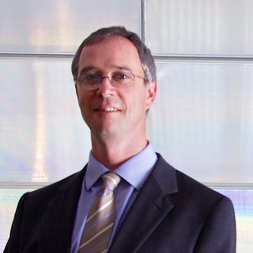 |
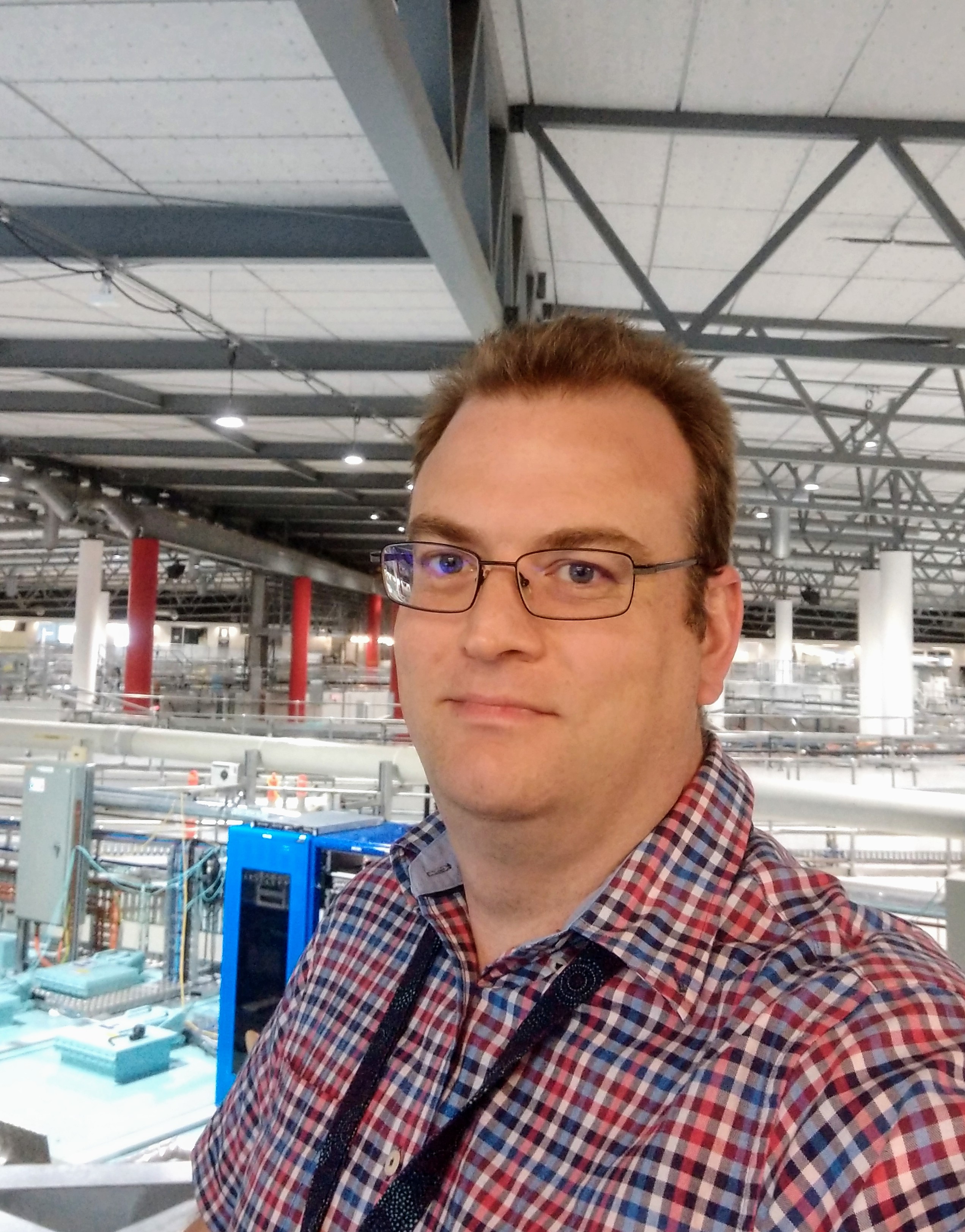 |
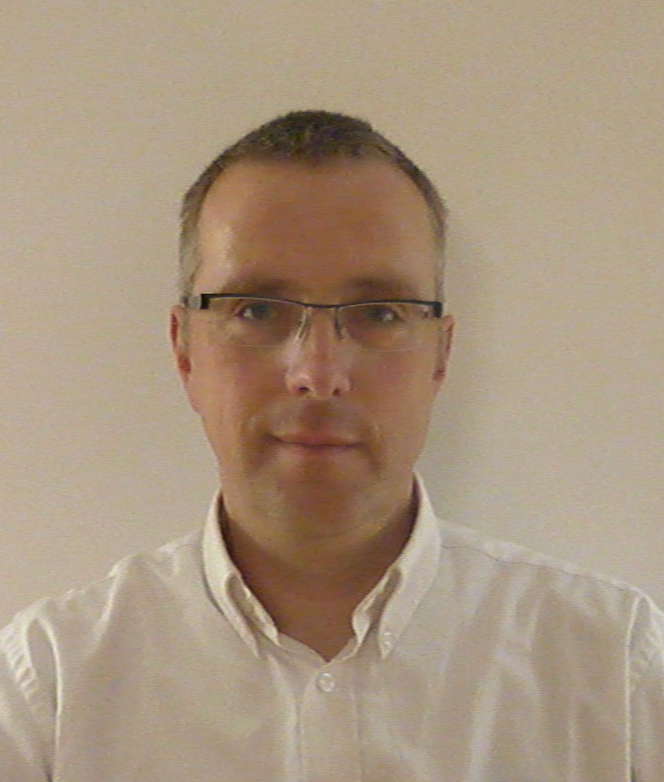 |
| Prof Michael James | Dr Rohan Dowd | Dr Edmund Welter |
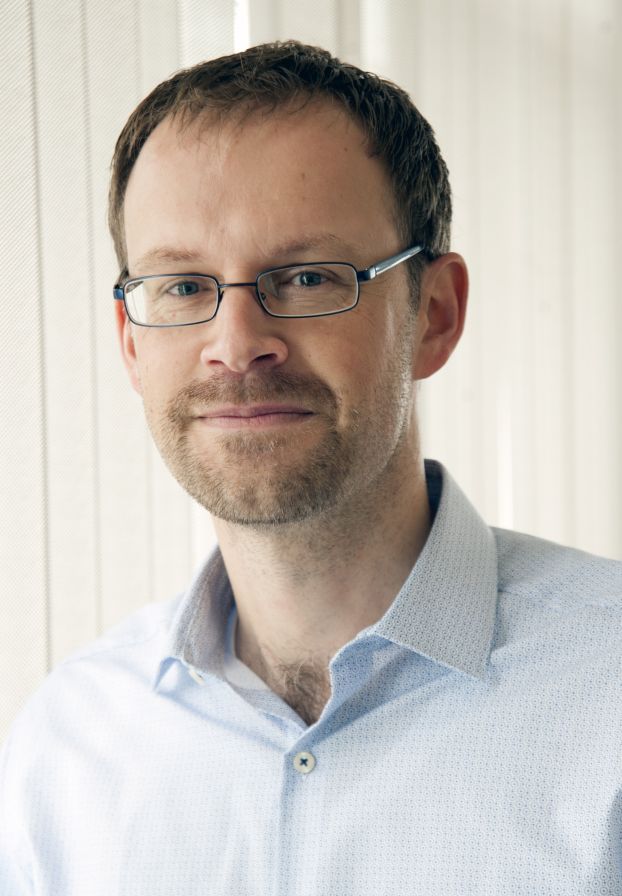 |
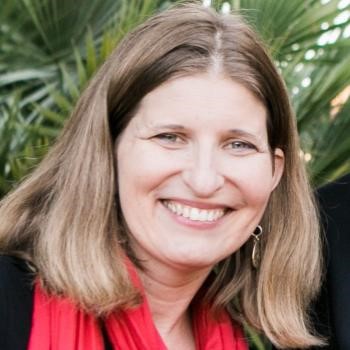 |
 |
| Dr Stefan Vogt | Dr Aina Cohen | Dr Francesco de Carlo |
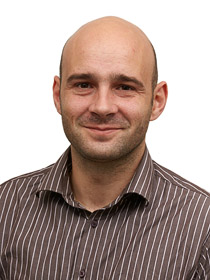 |
 |
|
| Dr Clement Blanchet | Dr Hugh Simons | |
Prof Michael James, Senior Principal Scientist, ANSTO
Prof Michael James graduated from the University of Sydney, before a PhD in Inorganic Chemistry from the University of Cambridge. Prior to joining the Australian Synchrotron as Head of Science in January 2013, he was a Senior Principal Research Scientist at ANSTO, team leader of the Chemical Deuteration Laboratory and instrument scientist for the PLATYPUS Time-of-Flight neutron reflectometer, which he designed and built at ANSTO's OPAL research reactor.
Michael currently leads a team of more than 50 staff and Postdoctoral Fellows that operate the 10 operational beamlines at the Australian Synchrotron. These world-class synchrotron facilities currently host more than 5,000 user visits each year and generate more than 600 peer-reviewed journal articles annually. He also leads a growing team Scientists that are building the next generation of beamlines at the Australian Synchrotron as part of the BRIGHT Program.
Please click here to view Prof. James' presentation.
Dr Rohan Dowd, Manager, Accelerator Physics, ANSTO
Dr Rohan Dowd currently leads the accelerator physics team at ANSTO’s Australian Synchrotron. He completed his PhD in particle physics at Melbourne University before joining the Australian Synchrotron as an accelerator physicist in 2005. His research interests include beam emittance control, Impedance and instabilities and compact acceleration techniques. In his 16 years at the Australian synchrotron he has been involved in the initial commissioning and subsequent upgrades to the accelerator systems. He has contributed to international accelerator design efforts and collaborations through both direct involvement and supervision of graduate students. Dr Dowd is currently leading the development of a next generation accelerator design for a new Australian Light Source.
Please click here to view Dr Dowd's presentation.
Dr Edmund Welter, Petra III, Deutsches Elektronen-Synchrotron DESY, Hamburg, Germany
Dr Edmund Welter studied chemistry at the Philipps University of Marburg (Germany) where I made my PhD in analytical chemistry. During the following years I was working as a postdoc at the Technical University of Hamburg-Harburg in the department for environmental science and Technology where I first came into contact with X-ray absorption spectroscopy. Since 2000 I am working at DESY in Hamburg where I was responsible for the operation of the XAFS beamlines at the DORIS III storage ring and after DORIS III was switched of for good I was responsible for the design and set-up of an XAFS beamline at PETRA III a 3rd generation storage ring. Starting in 2025 PETRA III will be completely refurbished and restart operation as a 4th generation source in 2027. Part of my current work at DESY is devoted to the planning and conceptional design of an XAFS beamline at the future extremely low emittance storage ring PETRA IV.
Please click here to view Dr Welter's presentation.
Dr Stefan Vogt, Advanced Photon Source, Chicago, USA
Dr Stefan Vogt is Associate Division Director in the X-ray Science Division at the Advanced Photon Source at Argonne National Laboratory, the APS’ Principal Science Advisor to the APS-upgrade, and Adjunct Associate Professor at the Feinberg School of Medicine at Northwestern University. He has been an influential driver in developing X-ray microscopy methods, and his key interests lie in hard X-ray microscopy with a focus on methods development as well as the role of trace metals in biology and life sciences. He is deeply involved in hardware, software and methods development related to Synchrotron-based X-ray fluorescence element mapping and quantification, and has developed and optimized instrumentation for biomedical applications of X-ray microscopy, and in particular trace elemental analysis. More recently he has been involved in the development of ‘lensless’ x-ray imaging methods for 3D x-ray imaging at high spatial resolution and with large field of view.
Please click here to view Dr Vogt's presentation.
Dr Aina Cohen, SLAC National Accelerator Laboratory, Stanford, USA
Dr Aina Cohen directs the Structural Molecular Biology Beamlines at the Stanford Synchrotron Radiation Lightsource. Dr. Cohen’s research is focused on the development of novel techniques and specialized instrumentation for macromolecular X-ray crystallography research at synchrotron and X-ray free-electron laser (XFEL) sources. These techniques include new methods for sample preparation, crystal growth and characterization, high-efficiency sample delivery and automated data collection, and improved techniques for anomalous scattering phasing. Another important area of research is the study of metalloenzyme function through the use of optical (UV-visible absorption) spectroscopy and time-resolved crystallography.
Please click here to view Dr Cohen's presentation.
Dr Francesco de Carlo, Advanced Photon Source, Chicago
Dr Francesco De Carlo is the Group Leader of the X-ray Imaging Group at the Advanced Photon Source (APS) at Argonne National Laboratory. He established and continue to actively advance full field X-ray tomography at the APS, his key interests are in hard X-ray tomography with a focus on instrument and computational method development as well as in the 3D characterization of materials in-situ and operando conditions. He has led the development of innovative scientific software tools for tomographic reconstruction, volumetric data reduction and analysis. In collaborative studies, he has applied this exciting technology to numerous experiments across different fields.
Please click here to view Dr de Carlo's presentation.
Dr Clement Blanchet, EMBL Hamburg
Dr Clement Blanchet is the principal beamline scientist of the P12 BioSAXS beamline of EMBL (PETRAIII, Hamburg). After graduating in physics and engineering, he completed a PhD in the university of Grenoble and joined the SAXS group of EMBL Hamburg in 2008.
There, he has continuously developed the instrument to improve its performances and expand its experimental portfolio (Bio-WAXS, Bio-ASAXS, TR-SAXS). He was involved in numerous scientific collaborations with external users for the collection, analysis and interpretation of SAXS data, and also contributed to the BioSAXS field through the organization of several courses and conferences.
Please click here to view Dr Blanchet's presentation.
Dr Hugh Simons, Technical University of Denmark
Dr Hugh Simons received his B.Eng. and Ph.D. in Materials Science from the University of New South Wales, where he investigated structural transformations in ferroelectric and piezoelectric materials using neutron scattering. Following this, he held a postdoctoral position at the European Synchrotron. He is now an Associate Professor in the Department of Physics at the Technical University of Denmark, where his research focuses on the development of novel diffraction and imaging methods for studying multi-scale dynamics in functional materials.

